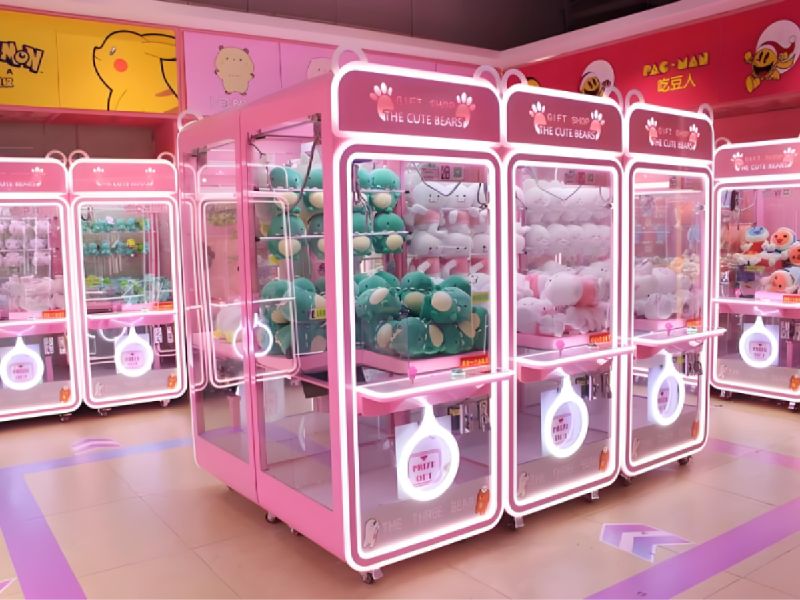Ever dropped a coin into a claw machine thinking, “This time I’ve got it”? Your heart races as the claw lifts the plush, only to loosen halfway and let it drop with that heartbreaking thud. You stare helplessly as your prize rolls right back into the pile. Frustrating, right? So you try again—because surely, next time will be the one. But a few coins later, you’re left with nothing but regret.

If that sounds all too familiar, it’s time to change your approach. As a manufacturer that researches and builds real claw machines, GM Arcade has spent a full week testing and analyzing how these machines really work. The result is a simple, practical guide that helps you stop “paying tuition” to the arcade and finally take home that plush—even when facing a weak claw.
Know Your Claw Machine Type Before You Play
There’s a saying: “Know your enemy and yourself, and you’ll never lose.” The same goes for claw machines; don’t just drop your coins and hope for luck. Before you start, take a moment to understand what kind of claw machine you’re dealing with, because the machine type determines the entire strategy that follows.
In the claw machine world, both operators and seasoned players usually divide machines into two main categories: payout-based machines and skill-based machines. Some newer hybrid models even combine both systems. You’ll need to spend some time observing how other players perform or get hands-on experience yourself to figure out which kind of machine you’re facing.
1. Payout-Based Machines (The “Weak Claw” Type)
In the arcade industry, many operators use what’s known as a payout-based machine. You’ll recognize it by its unstable claw strength: most of the time, the claw grips the plush, lifts it up, and then lets go halfway. Only after a certain number of failed attempts will the claw suddenly become strong enough to hold on tight and deliver a guaranteed win.

In other words, your success doesn’t fully depend on your skill. It depends on the machine’s built-in “payout logic.” When the operator sets the payout rate, the claw remains weak for several rounds before activating full strength once the threshold is met. That’s why you might see someone win easily after a long streak of failed attempts; their timing just happened to align with the payout cycle.
2. Skill-Based Machines (Constant Grip Machines)
Unlike payout-based models, skill-based machines have a consistent claw strength that doesn’t fluctuate based on the number of plays. If you master positioning and grip control, you can win multiple times in a row. These machines, often called “constant grip” machines, are popular among experienced players because success comes down to technique, not luck. You can improve through observation, learning the claw’s motion pattern, and refining your aim.
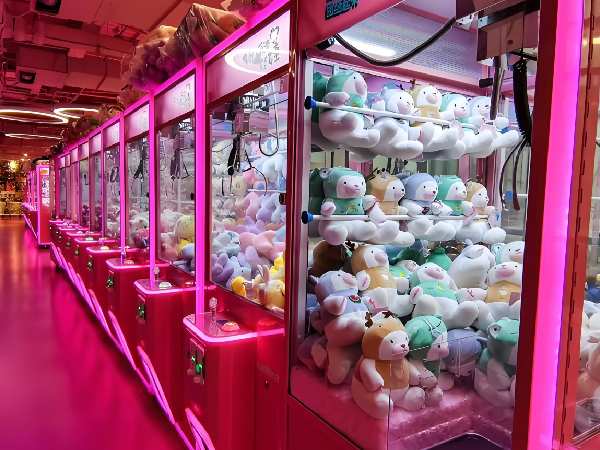
3. Hybrid Machines
Some modern machines blend both systems, featuring steady claw power most of the time but triggering special modes, like double grip or two-step control, that tighten the claw at just the right moment. These machines reward sharp observation and precise timing. A player who notices when the claw changes its behavior can take advantage of that brief window for a secure grab. In short, hybrids test both your technique and your awareness.
Picking the Perfect Claw Machine: Timing and Placement Matter
Now that you know how each claw machine works, it’s time to choose wisely. A good player doesn’t just jump in; they read the machine before playing. Selecting the right option can instantly increase your chances of winning.
Here’s the trick: machines that haven’t paid out in a while, especially if several players before you failed, are more likely to be close to their payout timing. That’s your best chance to strike. On the other hand, if you just watched someone win a prize, the machine probably resets into “weak claw” mode right away. Drop your coins there, and you’re almost guaranteed to waste them.
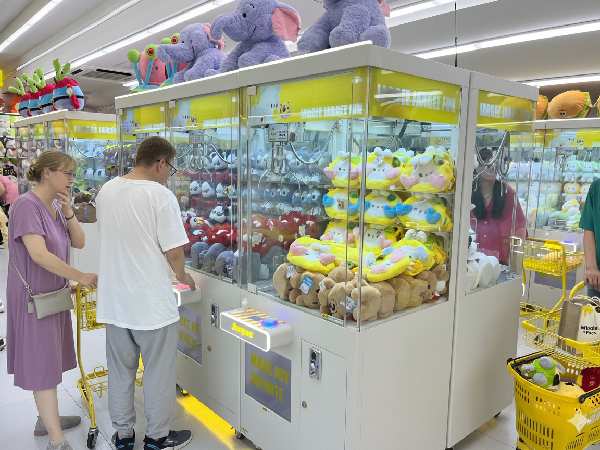
Another smart move is to consider where the machine is placed. Units near the entrance or in highly visible spots are often adjusted to be slightly easier, helping draw attention and traffic. Machines in darker corners or low-traffic areas, however, are usually set tighter and harder to win from. So if you can, always go for the machines with an audience, they’re often tuned to reward a lucky winner now and then.
So before you reach for your wallet, scan the room, watch a few rounds, and pick your moment and your machine. Sometimes, winning is all about being in the right place at the right time.
Choose the Right Prize
Finding the right machine is only half the battle. Now you need to pick the right prize. Not every plush is equally easy to grab. Some sit in perfect positions waiting to be won, while others are buried so deep they might as well be glued down. The shape of the toy matters just as much as where it’s placed, and learning to spot those small advantages will save you money and seriously boost your chances of winning.
1. Position Is Everything
The position of the toy is the first thing you should check. If a plush is close to the prize chute or hanging over the edge, that’s your best bet. These prizes need very little claw strength—just a steady grab and a bit of gravity will finish the job.
Toys sitting on top of the pile or leaning against the side are also good choices, since they have more open space around them. But the ones wedged tightly in corners or buried under others? Skip them. They’re almost impossible to move, even with perfect aim. Remember this simple rule:
Closer to the chute = higher success. Higher in the pile = easier grab.
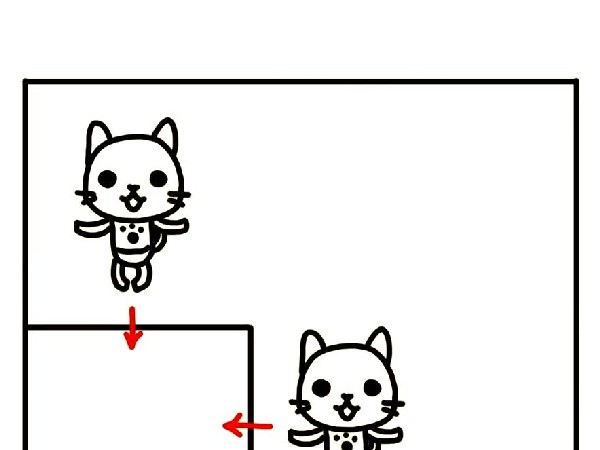
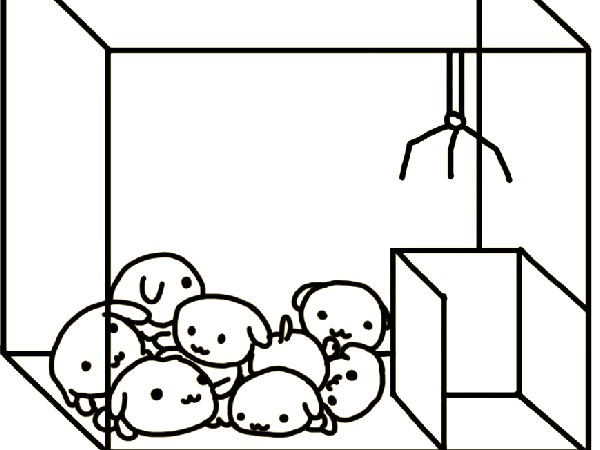
2. Different Shapes, Different Tactics
The shape of the toy can completely change your strategy. Round, smooth plushies—like chubby animals or short-legged dolls—are the hardest to hold onto. In that case, try using the claw to hook a tag, loop, or ribbon instead of grabbing the body directly.
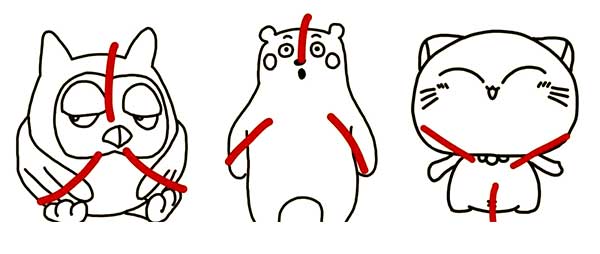
Toys with visible corners, arms, or pointed parts are easier to grip because they give the claw something to catch. For dolls with large heads and small bodies, aim for the head; for small-headed, heavy-bodied ones, target the torso. Cylindrical or box-shaped prizes, like blind boxes, are perfect for corner grabs or gentle flips toward the exit. In short, remember this golden rule:
Go for easy positions and steady shapes. Don’t fight gravity—use it.
Operation Skills and Claw Control
So you’ve picked your machine and your target, now comes the most critical part: how you control the claw. The way you position, time, and move the claw decides whether your plush makes it home or falls halfway. Here’s how to make every move count.
1. Master Precision and Target the Center of Gravity
Most players fail not because the claw is weak, but because they miss the plush’s center of gravity. Take a few seconds to observe before you press the button. If the toy has a big head, aim for it; if the body looks heavier, position the claw over its middle. Always check from both the front and side angles before dropping the claw. This ensures that all three prongs can wrap evenly around the plush. When you align the claw with the plush’s balance point, you’ll avoid empty grabs and reduce the chance of sliding off.

2. Use the Claw’s Angle and Rotation to Your Advantage
Remember — the claw doesn’t always drop straight down. It usually rotates slightly as it descends. Skilled players use this to their advantage. Watch which direction it spins, and position your target accordingly, so the claw “cuts in” from the right angle when it closes. If your prize is near a wall or barrier, you can even use that angle to push or hook the toy instead of lifting it directly. This trick works especially well on toys that are half-stuck or leaning.

3. Find the Right Button Rhythm
Some machines require only one button press to drop the claw, while others offer two-step control, one for lowering and another for tightening the grip. This small detail makes a big difference. If your machine allows it, press the first button to lower the claw, and then lightly tap again just as the claw touches the toy. That extra tap makes the claw grip tighter, increasing your chances of holding on. Timing is everything: press firmly, not forcefully, and match the rhythm of the machine.

4. Push, Drag, and Flip Strategy
Don’t think of the claw as just a grabbing tool — sometimes it’s better used as a pusher or hook. If your target seems too heavy or awkward to lift, use the claw to nudge it toward the chute or drag it into a better position. For flat or lying-down toys, try using one claw prong to flip them upright before grabbing them. Success often comes after two or three smart moves, not one lucky grab. Be patient and strategic — sometimes the setup is half the win.
5. The Swing Technique (Using Inertia to Your Advantage)
Not every claw machine allows this, but when it does, the swing technique can be incredibly effective. The idea isn’t to grab the toy straight up but to use the claw’s swing and momentum to hook and drag the prize.
Start by aligning the claw slightly to one side of the toy, especially near something you can hook—like an ear, strap, or corner. As the claw drops, use a gentle, rhythmic swing to let one prong slide under the target. Then, as it closes and rises, the claw’s motion helps drag or flip the toy toward the chute. Think of it as a two-step combo: first swing to hook, then lift to drag.
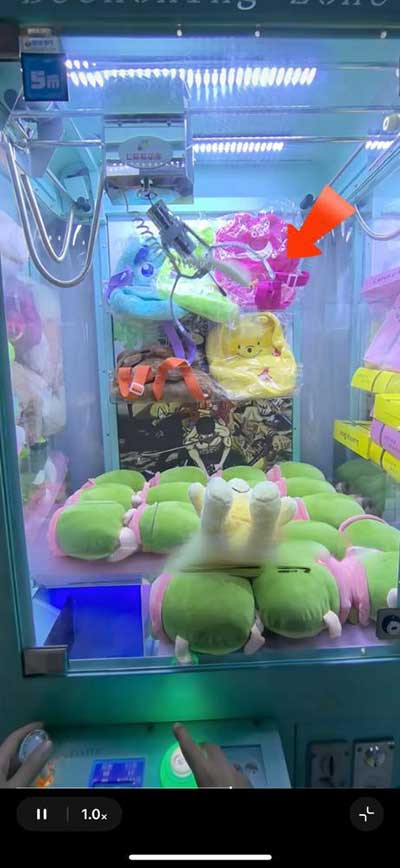
This method takes practice, so don’t throw all your coins at once. Try a few controlled tests, combine it with your observation skills, and stop once you notice the claw’s limits. With enough precision, you’ll turn a weak claw into your secret weapon.
Know When to Stop
No matter how good your technique is, claw machines are still games of chance. Even the best players don’t win every time. That’s why knowing when to stop is just as important as knowing how to play. Start by setting a clear budget for yourself — say, $10 or $20 per session — and stick to it. Once you’ve spent it, walk away, no matter how close you think you are. The moment you start chasing losses, you’ve already fallen into the trap that arcade owners count on.

Remember, a few failed attempts aren’t a waste. Think of them as “research rounds” to understand the claw’s strength and timing. But once you’ve reached your limit, stop and move on. The goal isn’t just to win toys — it’s to have fun while keeping your wallet (and mood) intact.
Final Thoughts
Claw machines might look like games of luck, but there’s a surprising amount of strategy behind every successful grab. From recognizing machine types to choosing the right target, adjusting your technique, and keeping your cool, every step brings you closer to that satisfying win.
And if you’ve ever wondered how these machines work from the inside, or even dreamed of running your own claw machine business, GM Arcade has you covered. With years of experience in designing and manufacturing arcade machines, we offer a full range of customizable models to fit any venue size or budget.

